A lemon and amaretti swiss roll trifle has been crowned the winning pudding for the Queen’s Platinum Jubilee, after the famous brand Fortnum and Mason decided to commemorate the occasion by hosting the Platinum Pudding Competition.
Jemma Melvin, a copywriter from Southport, Merseyside, who made the dessert, said her creation was inspired by the lemon posset served at the Queen's wedding to Prince Philip. Her show-stopping trifle is filled with layers of zesty lemon curd, smooth custard, St Clement's jelly, a mandarin coulis and amaretti biscuits, which will be eaten by people up and down the country in celebration of the Queen's Platinum Jubilee celebrations in June.
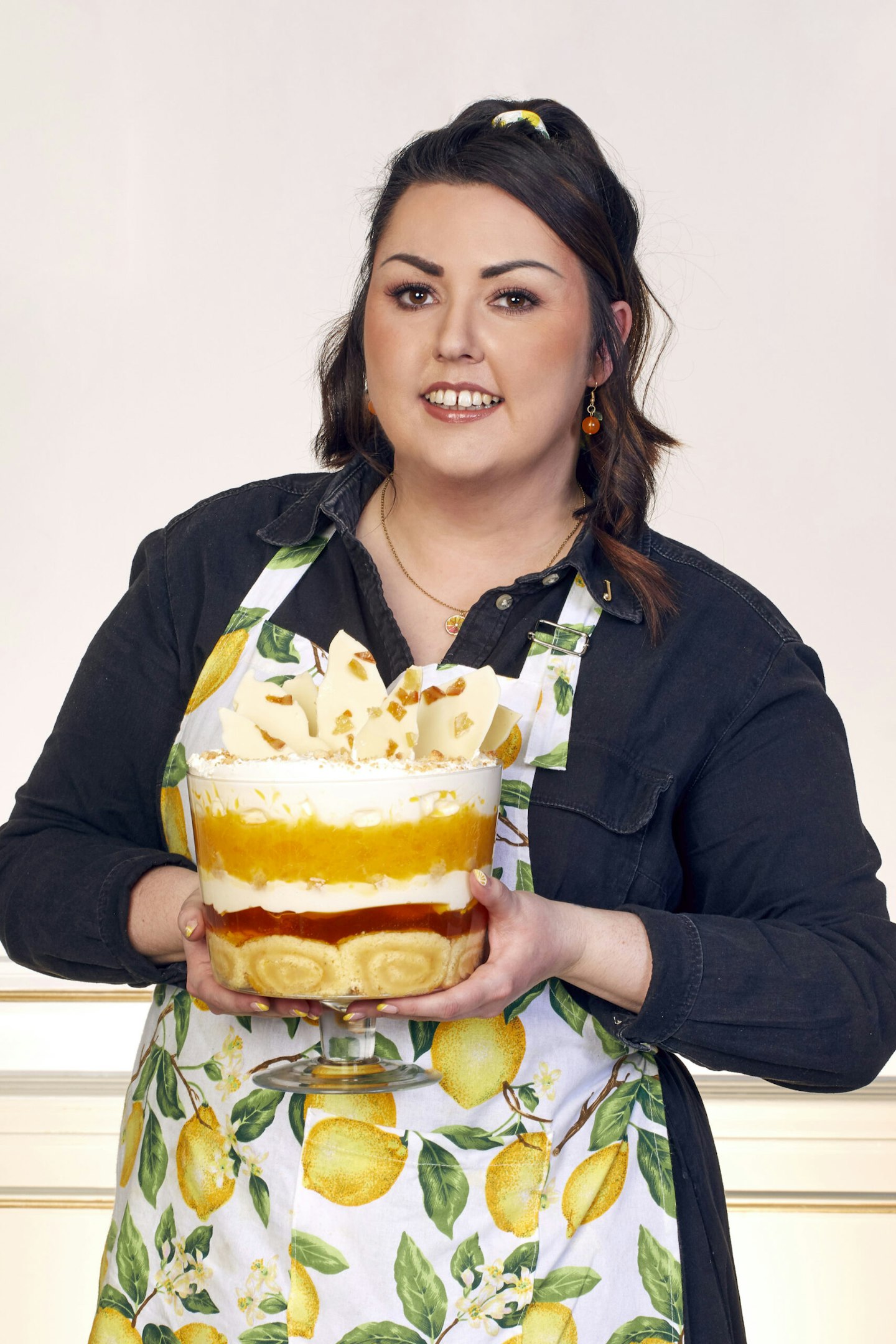
Around 5,000 people entered the competition to craft a new pudding to commemorate the Queen's historic 70-year reign, which were then narrowed down to five finalists who took part in a final showdown which was screened on BBC One.
The panel of judges included Dame Mary Berry, Fortnum and Mason's executive pastry chef Roger Pizey, former Great British Bake Off winner Rahul Mandal; Masterchef: The Professionals judge Monica Galetti; author and baker Jane Dunn; self-taught pastry chef Matt Adlard; and dessert historian Regula Ysewijn.
Jemma’s trifle was a hit with the judges, with Mary Berry saying it was ‘absolutely wonderful’. She said the trifle was her nan’s signature bake and a tribute to her, her grandmother and The Queen.
Lemon Swiss roll and amaretti trifle recipe
Fancy having a go yourself? Here's the recipe for the winning pud.
Preparation time: over 2 hours | Cooking time: 30 mins to 1 hour | Serves: 20
Ingredients
For the Swiss rolls
• 4 large free-range eggs
• 100g/3½oz caster sugar, plus extra for dusting
• 100g/3½oz self-raising flour, sieved
• butter, for greasing
For the lemon curd
• 4 large free-range egg yolks
• 135g/4¾oz granulated sugar
• 85g/3oz salted butter, softened
• 1 lemon, zest only
• 80ml/2½fl oz fresh lemon juice
For the St Clement’s jelly
• 6 gelatine leaves
• 4 unwaxed lemons
• 3 oranges
• 150g/5½oz golden caster sugar
For the custard
• 425ml/15fl oz double cream
• 3 large free-range egg yolks
• 25g/1oz golden caster sugar
• 1 tbsp cornflour
• 1 tsp lemon extract
For the amaretti biscuits
• 2 free-range egg whites
• 170g/6oz caster sugar
• 170g/6oz ground almonds
• 1 tbsp amaretto
• butter or oil, for greasing
For the chunky mandarin coulis
• 4x tins mandarins, around 300g each
• 45g/1¾oz caster sugar
• 16g/½oz arrowroot (2 sachets)
• ½ lemon, juice only
For the jewelled chocolate bark
• 50g/1¾oz mixed peel
• 1 tbsp caster sugar (optional)
• 200g/7oz white chocolate, broken into pieces
To assemble
• 600ml/20fl oz double cream
Method
-
To make the Swiss rolls, preheat the oven to 180C/160C Fan/Gas 4. Grease and line the 2 Swiss roll tins with baking paper. In a large bowl, beat the egg and sugar together with an electric hand whisk for approximately 5 minutes or until light and pale. Using a metal spoon, gently fold in the flour. Divide between the two tins and bake for 10–12 minutes or until the sponges are lightly golden and cooked through.
-
Sprinkle some extra caster sugar on two sheets of baking paper then turn the sponges out onto the sugared paper. Peel off the paper from the underside and, while still warm, roll them both up from the short end into a tight spiral using the paper to help. Leave to cool.
-
To make the lemon curd, place the egg yolks, granulated sugar, butter, lemon zest and lemon juice in a glass bowl over a saucepan of simmering water (don’t let the bowl touch the water). Whisk until combined and whisk continuously as the curd cooks until thickened. This should take about 15 minutes. Pour into a clean bowl and set aside to cool.
-
To make the St Clement’s jelly, soak the gelatine leaves in cold water for 5 minutes to soften. Using a vegetable peeler, peel 6 strips from a lemon and 6 strips from an orange and put these into a saucepan with the sugar and 400ml/14fl oz water. Bring to a simmer over a medium heat, stirring occasionally until the sugar has dissolved. Remove from the heat and discard the peel. Squeeze the water out of the gelatine and stir into the pan until dissolved then leave to cool. Squeeze the lemons and oranges, so you have 150ml/5fl oz of both lemon and orange juice. Stir into the pan then strain the jelly through a fine sieve into a jug and chill until cool but not set.
-
To make the custard, place the cream in a saucepan over a gentle heat and bring it up to simmer, stirring occasionally with a wooden spoon. In a bowl, whisk together the egg yolks, sugar, cornflour and lemon extract, then gradually pour the hot cream into the bowl whilst whisking continuously. Immediately return the whole lot back to the saucepan and continue whisking over a gentle heat until the custard is thick and smooth. Pour the custard into a jug or bowl, cover the surface with greaseproof paper and leave to cool.
-
To make the amaretti biscuits, preheat the oven to 180C/160C Fan/Gas 4. In a large bowl, beat the egg whites until firm. Mix the sugar and almonds gently into it. Add the amaretto and fold in gently until you have a smooth paste.
-
Place some baking paper on a baking tray and lightly brush with butter or oil. Using a teaspoon, place small heaps of the mixture approximately 2cm/¾in apart, as they will expand during cooking. Bake for approximately 15–20 minutes or until golden brown. Remove from the oven and set aside to cool.
-
To make the chunky mandarin coulis, strain two tins of mandarins. Discard the juice and put the fruit into a saucepan with the sugar and heat gently until broken down. Remove from the heat. In a small bowl, slake the arrowroot with 2 tablespoons cold water then add to the warm mandarins. Add the lemon juice and mix well before pouring into a large bowl. Strain the remaining two tins of mandarins and add the fruit to the bowl then leave to cool completely.
-
To make the jewelled chocolate bark, if the peel feels wet or sticky, roll in the caster sugar to absorb any moisture. Melt the white chocolate in a bowl sitting over a saucepan of gently simmering water. Pour the white chocolate onto a baking tray lined with baking paper and scatter over the mixed peel. Leave to set then break into shards.
-
To assemble, unroll the cooled Swiss rolls and spread with the lemon curd. Roll back up again and slice one into 2.5cm/1in slices and place upright around the bottom edge of the trifle dish so the swirl is visible. Slice the other Swiss roll into thicker pieces and use these to fill the bottom of the dish, ensuring the top is roughly the same level as the slices that line the edge. Use off-cuts of sponge to fill any gaps.
-
Pour the St Clement’s jelly over the Swiss roll layer and set aside in the fridge to completely set. This will take approximately 3 hours. Once set, pour over the custard then arrange a single layer of amaretti biscuits, keeping a few back for the top. Pour over the mandarin coulis. In a large bowl, whip the double cream until soft peaks form then spoon this over the coulis. Crumble over the reserved amaretti biscuits and decorate with the chocolate bark shards.
What is the Platinum Pudding Competition?
In partnership with Fortnum and Mason, this year members of the public were invited to create a pudding from their own recipe to dedicate to the Queen's seventy year reign.
The winning pudding will be served up at street parties and other celebrations up and down the country in June, and has the possibility of going into production.
Who are Fortnum and Mason?
They're a British born brand, founded in London's Piccadilly in 1707.
William Fortnum was a footman of Queen Anne, however, he later left royal service and started up a business with his landlord, Hugh Mason. Together they formed what we now know as Fortnum and Mason.
Their specialities include gifts, quality foods and luxury hampers. Fortnum and Mason are a high-end store, and they've even received a mention from Charles Dickens in The Morning Chronicle in 1845.
The winning recipe must...
Taste just right: The judges will taste the puddings that make it to the ‘live bake’ to crown the winner of the competition, so the winning pudding has to have an ingredient list that is spot on. Of course, it has to taste delicious to be in with a chance of winning.
Be perfect for home bakers: The winning pudding needs to be easy enough for people everywhere to recreate at home. The ingredients and kitchen equipment should be readily available to people all over the world.
Tell a memorable story: A good pudding is made with passion and pride, it must tell a memorable story. The winning baker may have been inspired by The Queen herself, the recipe may be handed down through the generations of their family, or it may remind them of a special memory.
Be fit for The Queen: It must look the part. A few final decorative flourishes always help to make sure it's presentable and suitable for serving to The Queen herself.
The best trifle bowls for your Platinum Pudding
Serve up your best Platinum Pudding with the best trifle and dessert bowls.
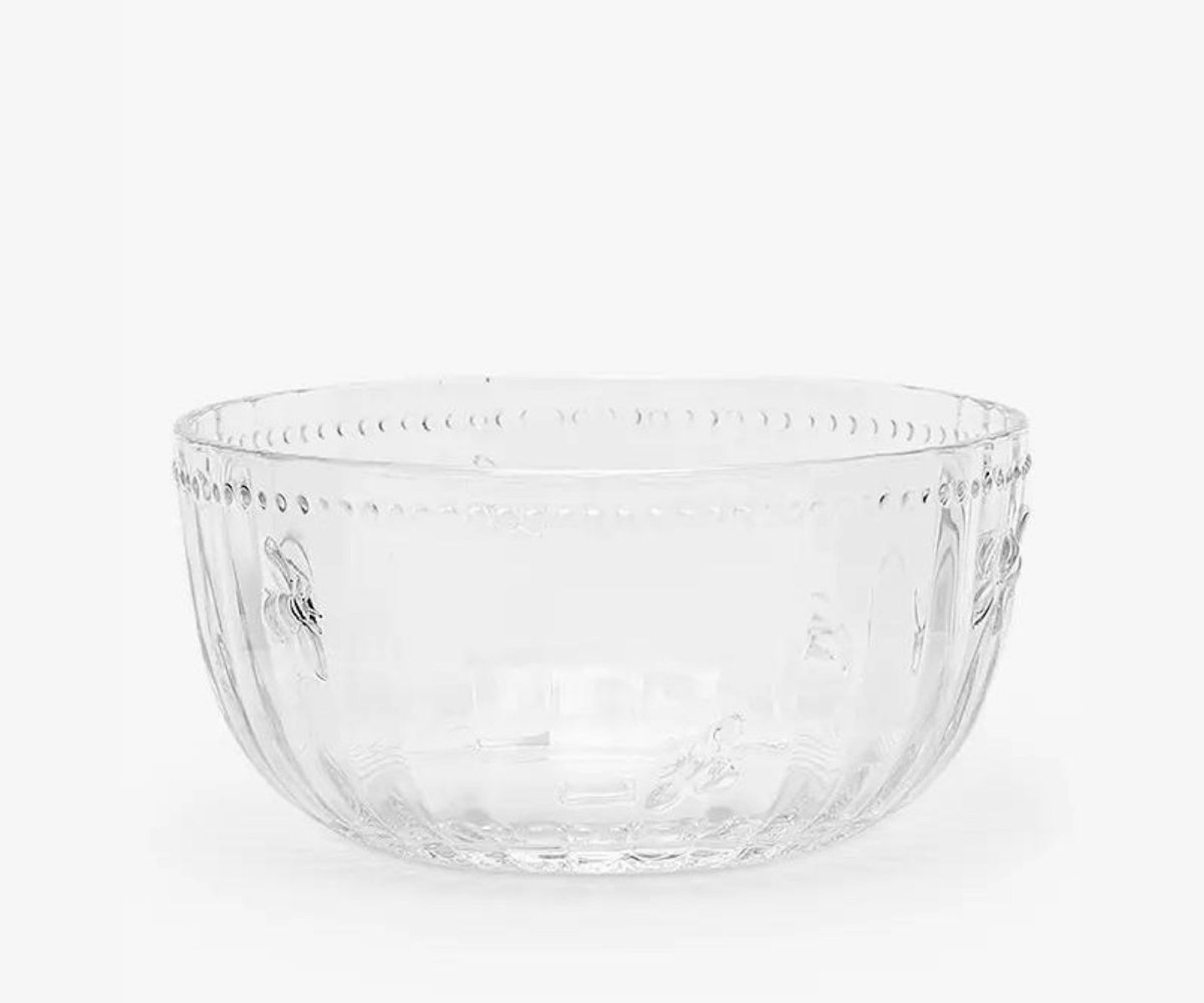
www.johnlewis.com
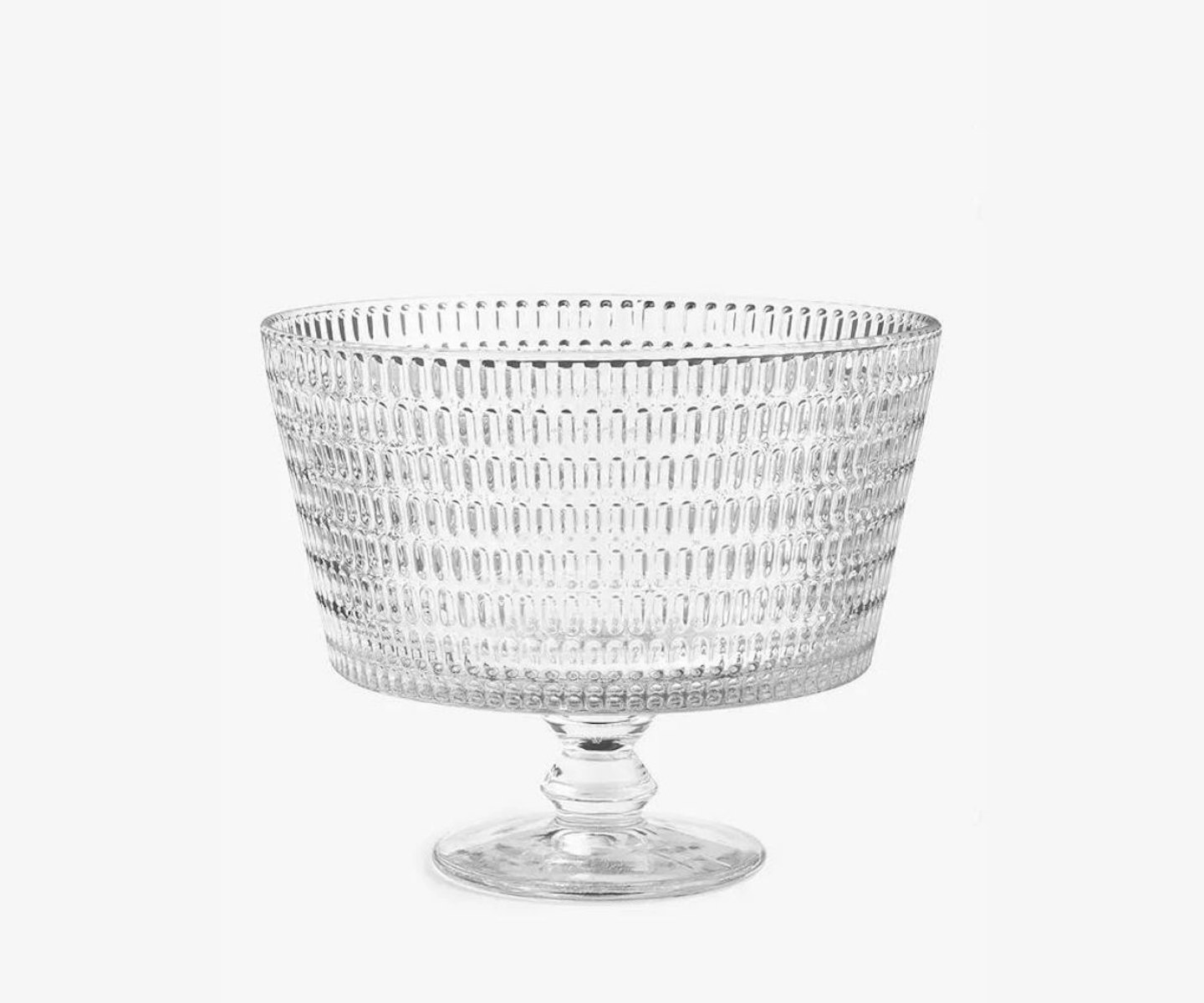
www.johnlewis.com

www.johnlewis.com
The judges
Chaired by Dame Mary Berry, the independent panel of expert judges comprised of award-winning home bakers, professional chefs, authors, historians and patissiers including Liam Charles, Monica Galetti a famous female TV chef and Buckingham Palace Head Chef Mark Flanagan LVO.
Important dates of The Platinum Pudding Competiton
January 10th
The competition officially opened for entries.
February 4th
This was the final day to submit entries.
W/C February 7th
Round one of judging was overseen by the Fortnum & Mason chefs.
W/C February 14th
30 to 50 entries were shared with each judge, who then went on to nominate their top three.
W/C February 21st
Round three of judging, the panel selected their top five who then went through to the final
W/C March 14th
The five finalists were invited to attend the live final.
W/C May 16th
The winner of the Platinum Pudding competition was announced
What will the winner of the Platinum Pudding Competition receive?
The winner of the Platinum Pudding Competition will be awarded a number of prizes, and the two runners up will receive a Platinum Jubilee Hamper valued at £225.
Besides the opportunity for the winning pudding to go down in history, the winner also wins the Platinum Pudding Competition trophy, afternoon tea for two in the Diamond Jubilee Tea Salon valued at £140, a Fortnum and Mason gift voucher valued at £500, the Platinum Jubilee Hamper valued at £225 and credit on the recipe and packaging if it's taken to production.
If Fortnum and Mason decide to reproduce the recipe, all profits will go to charity.
The best Queen Elizabeth Platinum Jubilee memorabilia
Read our article on the best Platinum Jubilee memorabilia to mark the historic occasion.
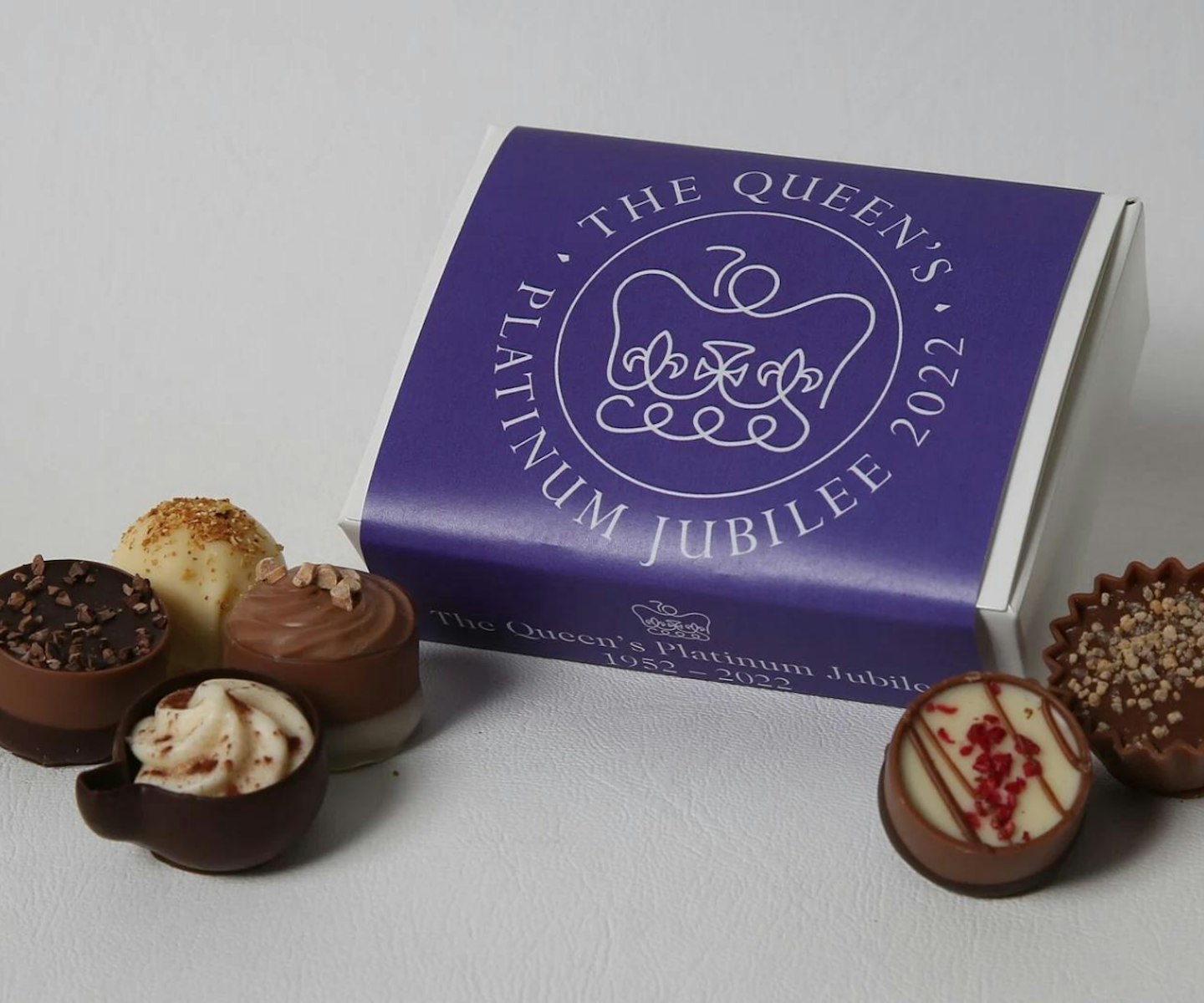
www.etsy.com
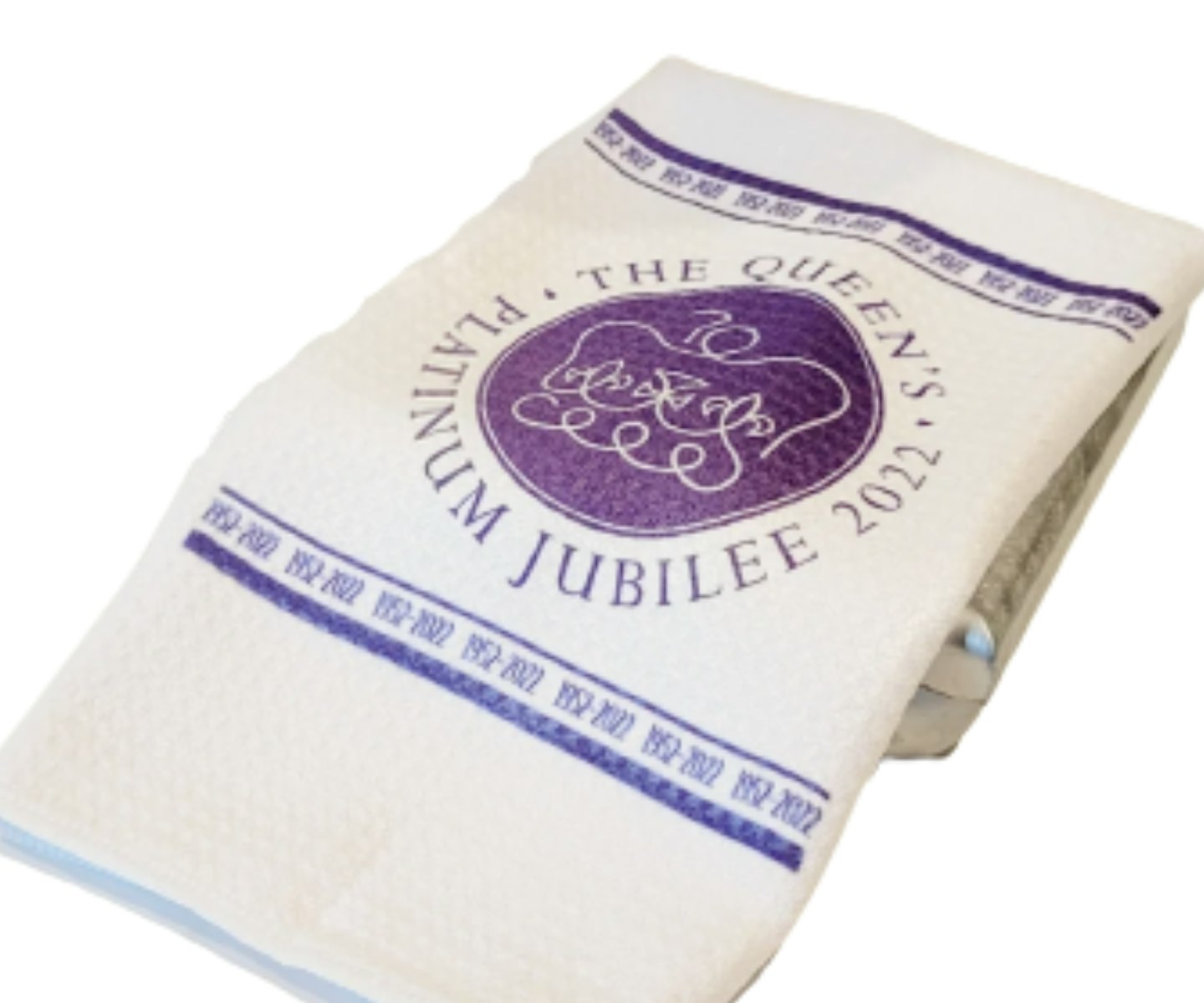
www.etsy.com
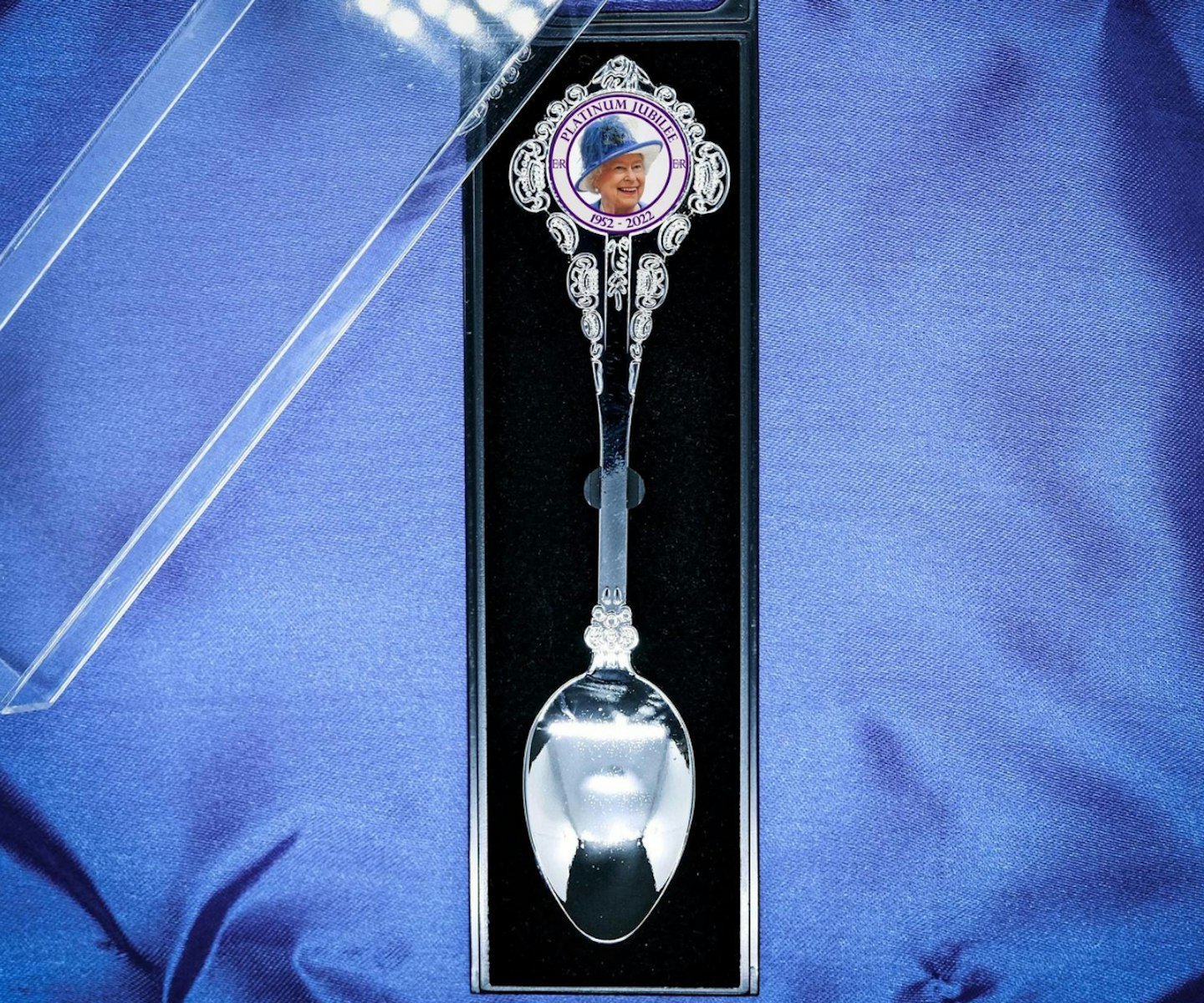
www.etsy.com
